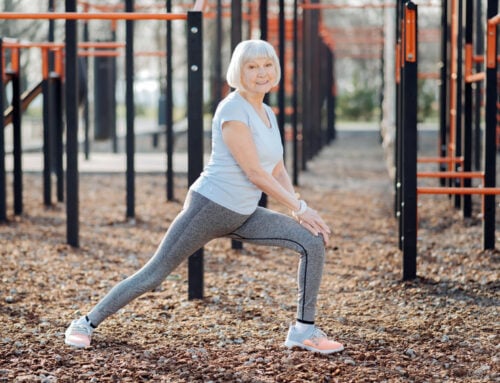A Total Hip Replacement Is Just The Start
Total hip replacement surgery continues to be an essential treatment for persons with serious hip ailments. Over 300,000 arthritic and injured patients opt for hip replacement each year. The minimally invasive procedure removes damaged bone and cartilage in the hip joint. Then the surgeon installs prosthetics to reduce pain and restore the range of motion. While surgery has a high success rate, the success of the procedure depends on a proper recovery process.

Taking the first steps to recovery
After surgery, the patient starts on the road to recovery with therapy and pain management. Recovery can take as long as 3 months. The patient will have a walker for support, then will graduate to advanced movements to strengthen the hip. Once all goes well, the patient should have a joint that allows a better quality of life. At the same time, there is more to recovery than physical therapy. These 3 tips will ensure patients have a smoother, faster recovery.
1. Don’t overdo it
After surgery, the patient must be careful in terms of movement. In the first few weeks, both patients and doctors work on improving activities like standing and walking. Restrict movements like bending, climbing, or twisting. Follow the doctor’s instructions concerning sleeping, driving, using the bathroom, and even sex. Make sure to not bend past 90 degrees in the initial stages. Sudden movements increase pain, slow recovery, and can also be the cause of a second procedure.
2. Focus on nutrition
Food plays an essential part of recovery. A proper diet helps to maintain a healthy weight. A diet high in protein, greens, and healthy fats stimulates tissue growth, healing, and recovery. Supplementation may help but is not as optimal as the right food. Speak with a doctor or dietitian about the best steps to improve health and healing.
3. Make exercise a way of life.
The patient will be exposed to exercise through physical therapy. However, training at home should be a long-term plan, as well. At the start of the recovery, simple exercises like walking, standing leg extension, and flexion improve blood flow. Over time, focus on activities that will enhance strength and range of motion like using exercise bikes and water therapy. Prolonged exercise speeds up recovery and improves the life span of the hip prosthetic.
A better hip starts with you
Hip replacement helps remove the pain that some patients struggled with for years. The key to excellent recovery is to follow medical instructions, practice caution, and focus on health and wellness. These tips work not only for healing but for health in the years to come. Speak with a doctor for the best approach to hip replacement recovery.



